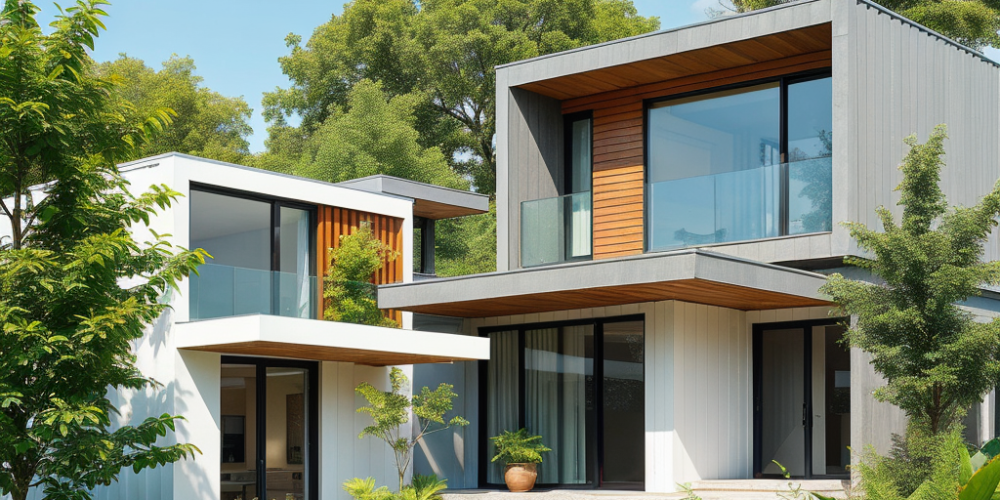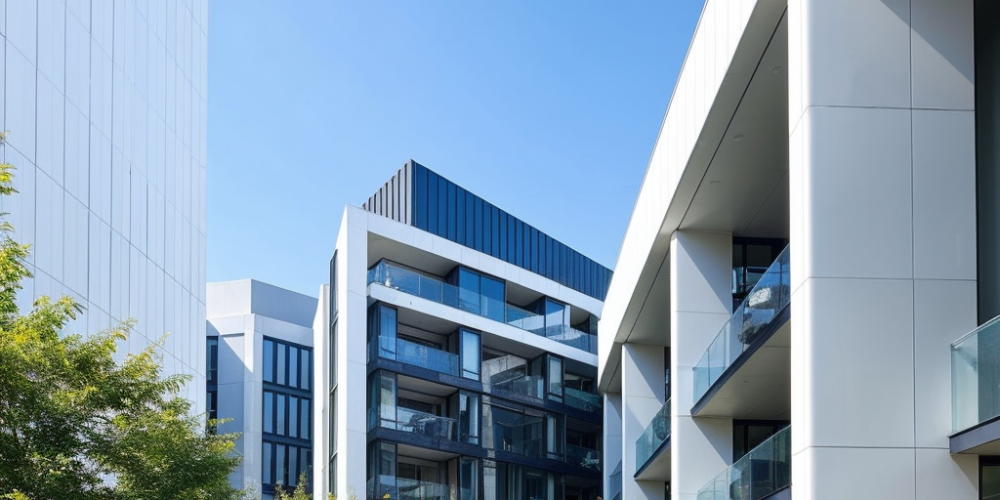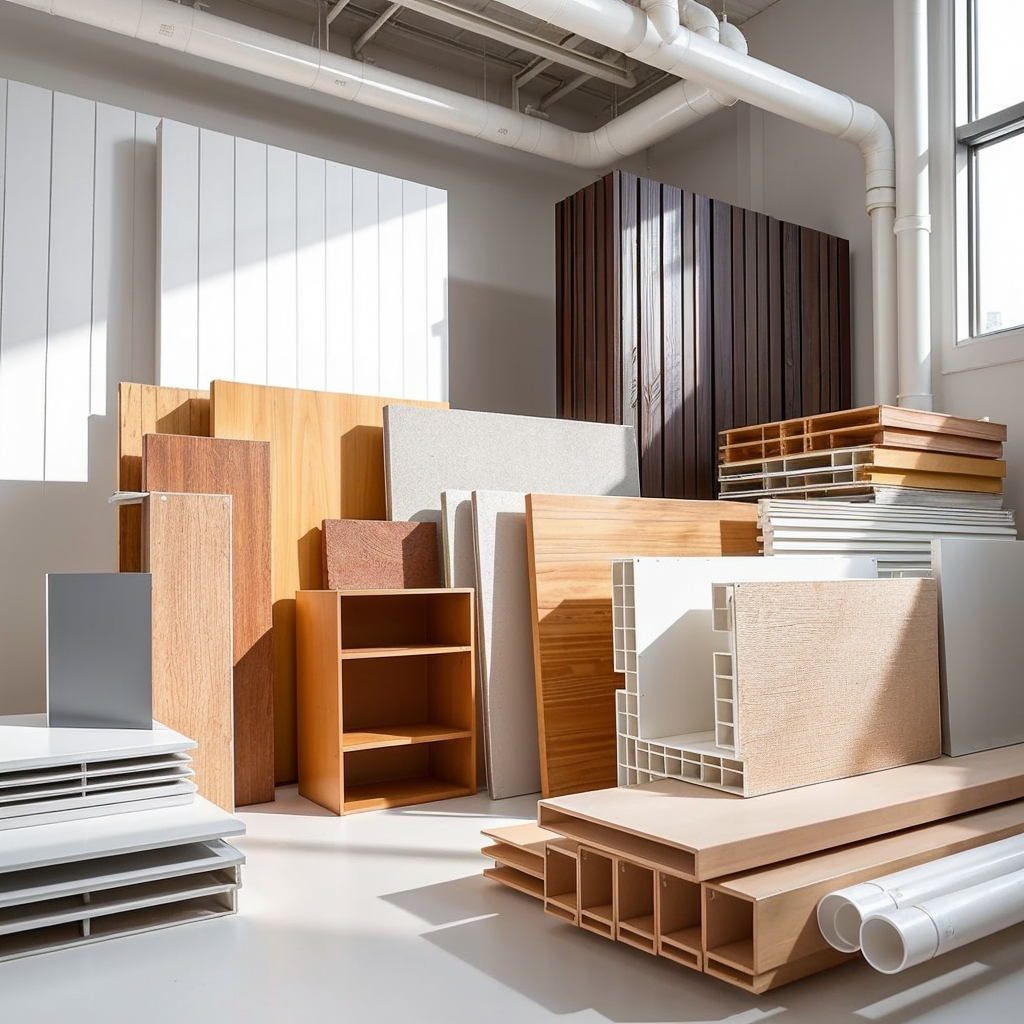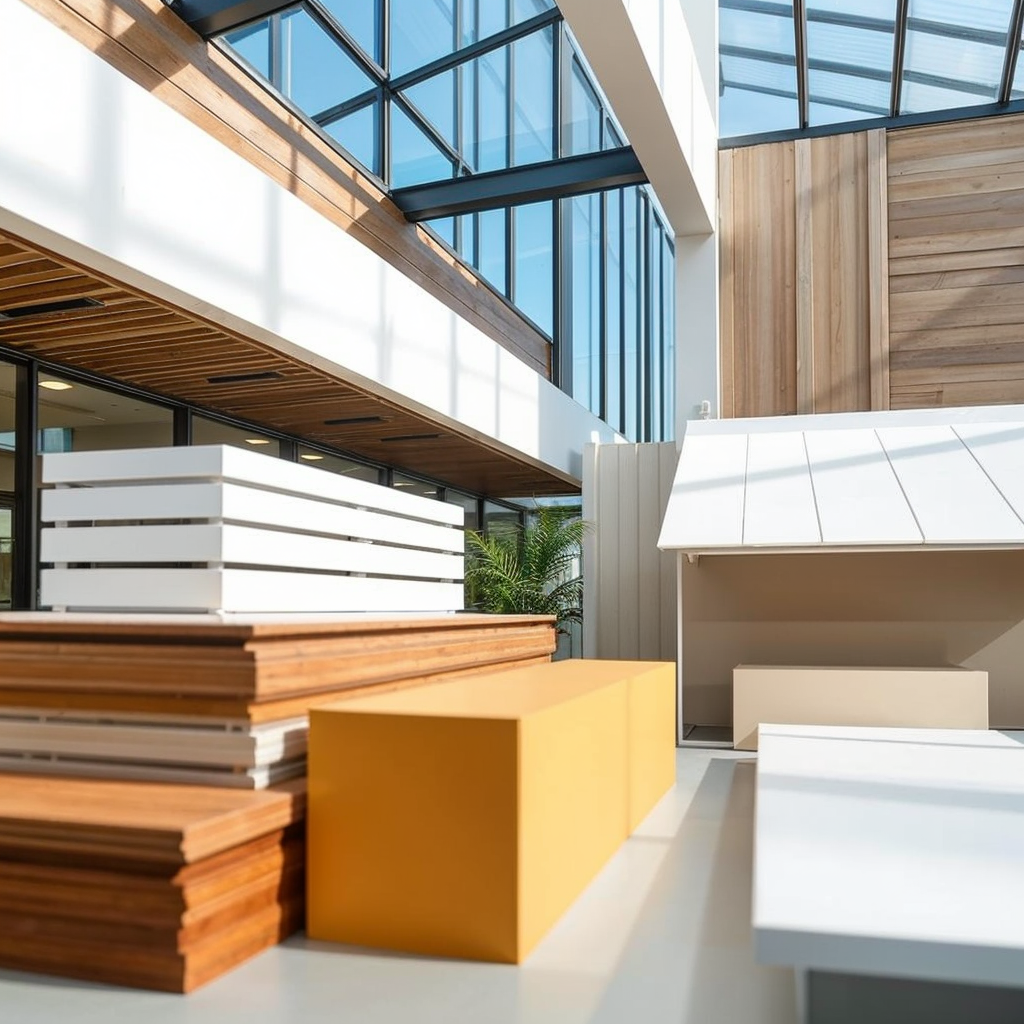At Coastal Custom Products, we specialize in providing eco-friendly, sustainable building materials for architects, contractors, and developers seeking high-performance solutions. With the increasing focus on environmental responsibility in the construction industry, the materials used to build our homes and commercial spaces are more critical than ever. Builders are not only looking for products that meet performance standards but also ones that align with sustainability goals. Among the most promising materials gaining traction in the market is PVC, which offers a unique combination of durability, efficiency, and eco-consciousness.
In this blog post, we’ll dive into the reasons why PVC products are becoming a top choice for high-performance buildings. We’ll explore the environmental benefits of PVC, how it contributes to energy efficiency, and its unmatched durability. You’ll also learn how the low-maintenance and cost-saving advantages of PVC make it a smart, sustainable option for modern construction. Whether you’re a builder, designer, or eco-conscious homeowner, understanding the advantages of PVC can elevate your next building project.
What Defines a High-Performance Building?
A high-performance building is one designed and constructed to operate efficiently over its entire lifespan while minimizing its environmental footprint. This means prioritizing energy efficiency, durability, and the use of sustainable materials. These buildings not only reduce energy consumption but also lower operational costs and promote long-term sustainability by using durable, low-impact materials.
Choosing the right building materials plays a crucial role in achieving these goals. Sustainable materials, like PVC, contribute to a building’s ability to meet or exceed performance standards set by today’s architects and engineers. As buildings become more complex and expectations for energy efficiency and durability increase, materials like PVC are critical to ensuring structures can meet the needs of the future without compromising the environment.
PVC's Environmental and Sustainability Benefits

Sustainability in construction is no longer a trend; it’s a necessity. Traditional materials, such as wood and concrete, often come with environmental costs, including deforestation and high carbon emissions. This is where PVC shines as an eco-friendly alternative. PVC products offer a lower environmental impact throughout their lifecycle—from manufacturing to disposal—while maintaining high-performance characteristics.
One of the key sustainability benefits of PVC is its recyclability. PVC can be recycled and repurposed multiple times, contributing to a circular economy in the construction sector. The PVC manufacturing process has also evolved to become more energy-efficient, producing less waste and fewer greenhouse gas emissions compared to other materials. Additionally, innovations in the production of PVC have addressed concerns about its environmental impact, making it a more sustainable choice than ever before.
Contrary to some misconceptions, modern PVC products are free from harmful substances like lead and phthalates, ensuring that they meet the stringent environmental and health standards required for green building certifications. PVC offers the durability and versatility needed for high-performance construction while helping to reduce the overall carbon footprint of a building.
Durability and Longevity of PVC Products
Durability is a crucial factor in building performance, as materials that last longer reduce the need for frequent repairs or replacements, which ultimately minimizes waste and resource consumption. PVC is an incredibly durable material that stands up to the challenges of modern construction. Its resistance to moisture, weather, and UV rays makes it ideal for exterior applications such as siding, panels, and boards.
Compared to wood, which can rot, warp, or attract pests, PVC is impervious to these issues. This makes it a preferred choice for builders looking to create structures that can withstand the test of time. In fact, PVC products offer excellent performance in both extreme weather conditions and varying climates, resisting heat, cold, and moisture far better than traditional materials.
PVC’s resistance to fire and its ability to maintain structural integrity under pressure are other key benefits, making it a safe and reliable option for modern buildings. Whether used in exterior applications or interior installations, PVC provides long-lasting solutions that contribute to the overall sustainability and performance of a building.
PVC and Energy Efficiency in Buildings

Energy efficiency is a hallmark of any high-performance building, and PVC plays a vital role in improving energy performance. PVC products, especially when used in exterior applications like siding and panels, offer excellent insulation properties. They help regulate indoor temperatures by preventing heat transfer, which in turn reduces the energy required for heating and cooling systems.
Buildings that utilize PVC materials for insulation experience significant energy savings, as these products help maintain a consistent indoor environment. PVC is also highly adaptable, allowing it to be used in various energy-efficient building designs, from passive houses to net-zero energy buildings. By reducing the need for artificial climate control, PVC contributes to lower energy bills and a smaller carbon footprint.
Several studies and case examples have shown how PVC’s insulating properties can dramatically reduce a building’s energy consumption. When combined with other eco-friendly practices, PVC enables architects and builders to design structures that meet stringent energy performance standards while providing comfort and durability.
Low Maintenance and Cost Effectiveness of PVC
One of the most significant benefits of PVC products is their low maintenance requirements, which translates into cost savings for building owners over the long term. Unlike wood, which requires regular sealing, staining, or painting, PVC maintains its appearance and structural integrity with minimal upkeep. Its resistance to rot, mold, and pests means that it doesn’t degrade as quickly as traditional materials, reducing the need for costly repairs or replacements.
Furthermore, PVC products retain their color and finish for years, eliminating the need for frequent repainting. Whether used for siding, panels, or boards, the low-maintenance nature of PVC ensures that buildings stay aesthetically pleasing and structurally sound without excessive intervention. This long lifespan and reduced need for maintenance make PVC an economical choice for high-performance buildings, offering both immediate and long-term cost benefits.
Conclusion
In conclusion, PVC stands out as an ideal material for high-performance buildings due to its sustainability, durability, energy efficiency, and cost-effectiveness. Its adaptability and eco-friendly qualities make it a crucial component of modern, sustainable architecture. For builders, architects, and developers committed to creating structures that perform well over time while minimizing their environmental impact, PVC is a smart choice.
As the construction industry continues to evolve, materials like PVC will play a critical role in shaping the future of sustainable building. Coastal Custom Products is proud to offer high-quality PVC products that align with these goals, ensuring that your next project is not only high-performing but also eco-conscious. Contact us today to learn how our PVC materials can enhance your building’s performance and sustainability.



